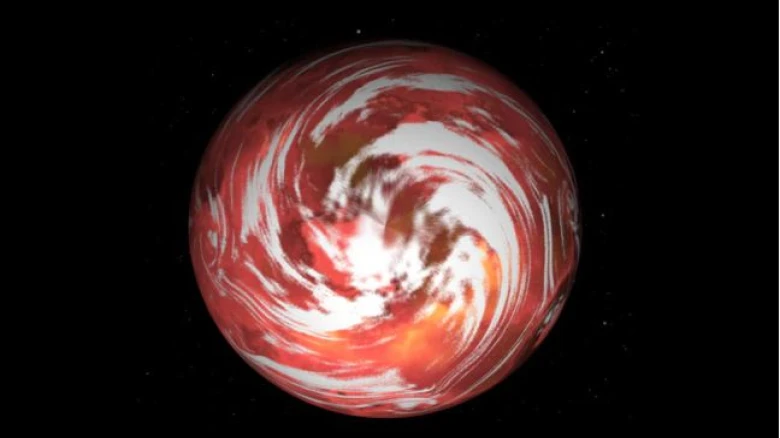National

"Times New Roman";mso-bidi-font-family:Arial">
"Times New Roman"">Digital Desk: A Super-Earth that is four times as massive as
our planet and completes a year in just 10.8 days has been found by scientists.
"Times New Roman"">The exoplanet, known as Ross 508 b, was reportedly found by
the American space agency NASA using a novel infrared monitoring method. It is
37 light years away from Earth. The habitable zone of the Super-Earth
"skims in and out" of its star. And it orbits Ross 508, a red dwarf
star, in a manner similar to how the Earth circles the Sun.
"Times New Roman";mso-bidi-font-family:Arial">
mso-fareast-font-family:"Times New Roman";mso-bidi-font-family:Arial">Because
of its close proximity to Earth, this Super-Earth is a prime candidate for
atmospheric study that could shed light on the possibility of life on low-mass
stars.
mso-fareast-font-family:"Times New Roman";mso-bidi-font-family:Arial">The
Super-Earth was discovered for the first time this year in May by astronomers
in Japan. The research, titled "A Super-Earth Orbiting Near the Inner Edge
of the Habitable Zone around the M4.5-dwarf Ross 508," produced the
findings.
mso-fareast-font-family:"Times New Roman";mso-bidi-font-family:Arial">According
to the study, the exoplanet orbits the star at a distance that provides
temperatures that are favourable for the creation of water on the planet's
surface. This suggests that Ross 508 b is the star's habitable zone.
mso-fareast-font-family:"Times New Roman";mso-bidi-font-family:Arial">Using the
Subaru Telescope of the National Astronomical Observatory of Japan (NAOJ) in
Hawaii, scientists discovered the planet close to a faint star. Ross 508 b
orbits Ross 508 every 10.8 days because the star is smaller than the Sun in
size. Ross 508 is also quite faint, therefore the Super Earth receives 1.4
times as much sun radiation as Earth does.
The Ross 508 is the faintest and smallest star with an
orbiting planet, the study finds, with a mass of around 18% that of the Sun.
The radial velocity approach was used to find the star.
Finding enormous worlds like gaseous planets that circle at a distance that is
too close for liquid water is easier with the help of this method for finding
exoplanets.
Leave A Comment